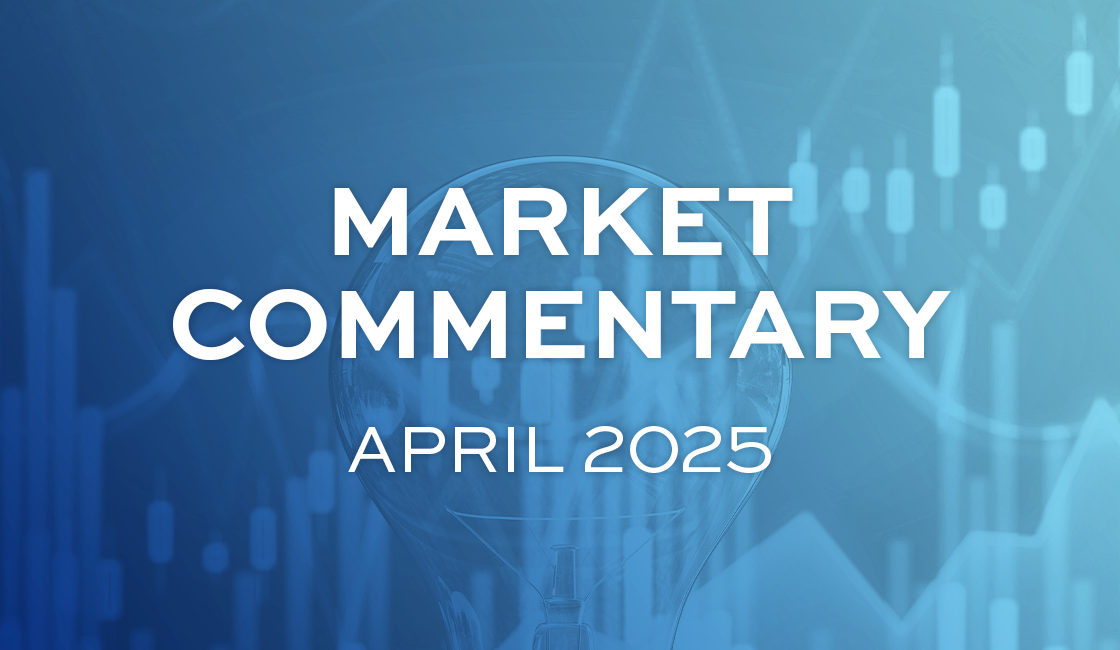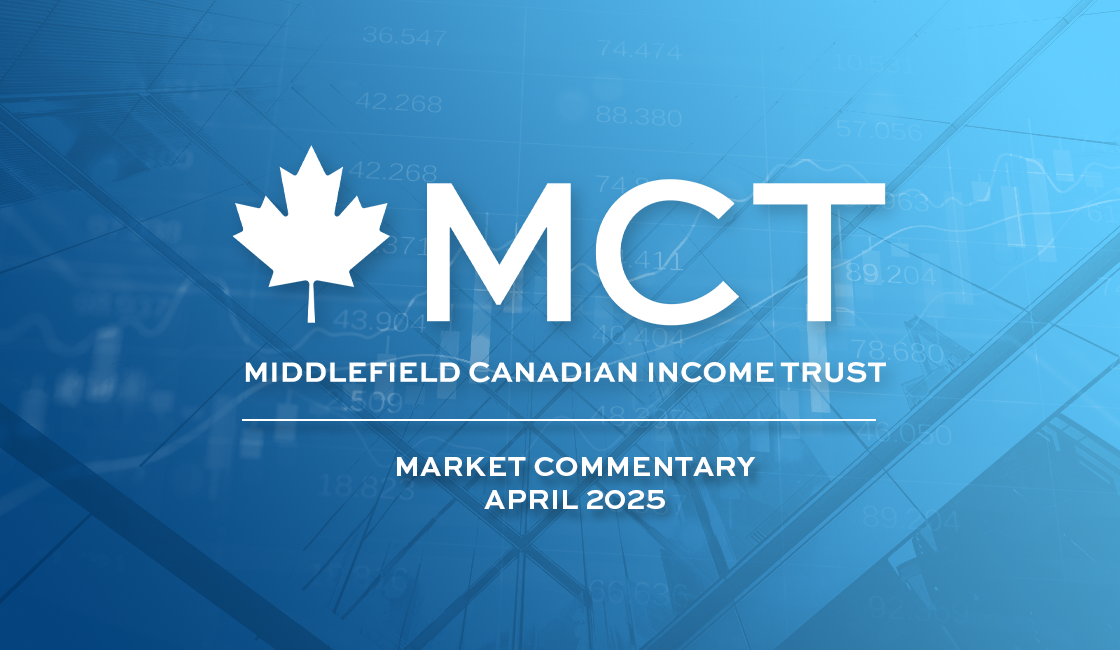April was a historic month for equity markets. The S&P 500 experienced its worst two-day loss in history on 3 and 4 April, had its largest one-day gain since 2008 on 9 April, and went on its longest daily winning streak in over 20 years beginning 21 April. Meanwhile, the VIX Index reached its highest level since March 2020 while the U.S. dollar depreciated by more than 4%. Amidst the volatility, MCT’s NAV generated a total return of -2.8%.
Despite the uncertainty caused by U.S. trade policy in April, the tone of the market has been much more sanguine in recent weeks. The Trump administration has sent a clear signal that it has a pain threshold when it comes to market volatility, effectively creating a Trump Put. The White House has backtracked on several aggressive policy fronts by announcing a 90-day pause on reciprocal tariffs, carving out exemptions for electronics and auto parts, and dialing back threats to remove Fed Chair Jerome Powell. In addition, the United Kingdom became the first country to reach an agreement on trade with the U.S. on 8 May which removed tariffs on cars, steel and aluminum. These moves suggest that the tariff escalation on 2 April likely marks the peak of trade-related policy risk. We expect preliminary trade agreements or memoranda of understanding with countries such as India, Japan, and South Korea. While these agreements may be largely symbolic, they should nevertheless help stabilize markets and reinforce the view that the worst of the policy shock may be behind us.
Canada’s Federal election resulted in Mark Carney’s Liberal Party forming a minority government in a remarkable comeback from early polling deficits. We are optimistic that Carney can reinvigorate the Canadian economy and navigate a challenging diplomatic environment with the United States. His distinguished background as the former Governor of both the Bank of Canada and the Bank of England, in addition to leadership roles with Brookfield Asset Management and Bloomberg L.P., brings deep business acumen to the role. Carney campaigned on various pro-growth initiatives including incentives for critical mineral sectors, expedited approvals for major infrastructure projects, enhancing interprovincial trade as well as enacting various tax cuts. Moreover, Carney proved his ability to be firm yet diplomatic in his first meeting with President Trump which may reflect early signs of tensions thawing between Washington and Ottawa. Overall, we expect the change in leadership to act as a catalyst for higher investment in Canadian companies from both domestic and foreign investors.
Canadian REITs, particularly retail REITs, were positive contributors to Fund performance this month. Choice Properties returned 5.1% in April after reporting Q1 results that exceeded expectations. Canada’s largest grocery story, Loblaw, represents 57% of Choice’s rental revenue, making it one of the most defensive names in the Canadian REIT sector. Loblaw leases, which are long-term with annual rent escalators, are complemented by other high-quality necessity-based retail tenants and more than 20 million square feet of new and modern industrial properties. We value the stability and consistency that Choice offers in our REIT strategies and expect funds to continue flowing into the name as investors seek defensive businesses offering income and growth potential.
Energy was the biggest detractor to performance in April as the price of oil fell nearly 20% on trade concerns. Commodity prices have since stabilized and our long-term view on the sector remains constructive. The newly elected Liberal government recently announced the Major Federal Project Office which aims to streamline environmental assessments by reducing duplication across federal and provincial levels. The government also plans to support critical mineral development through infrastructure investments such as the First and Last Mile Fund to better integrate these projects into supply chains. Energy infrastructure companies such as Enbridge, TC Energy and Gibson are positioned to benefit from reduced regulatory friction which should drive capital investment and long-term earnings growth.













